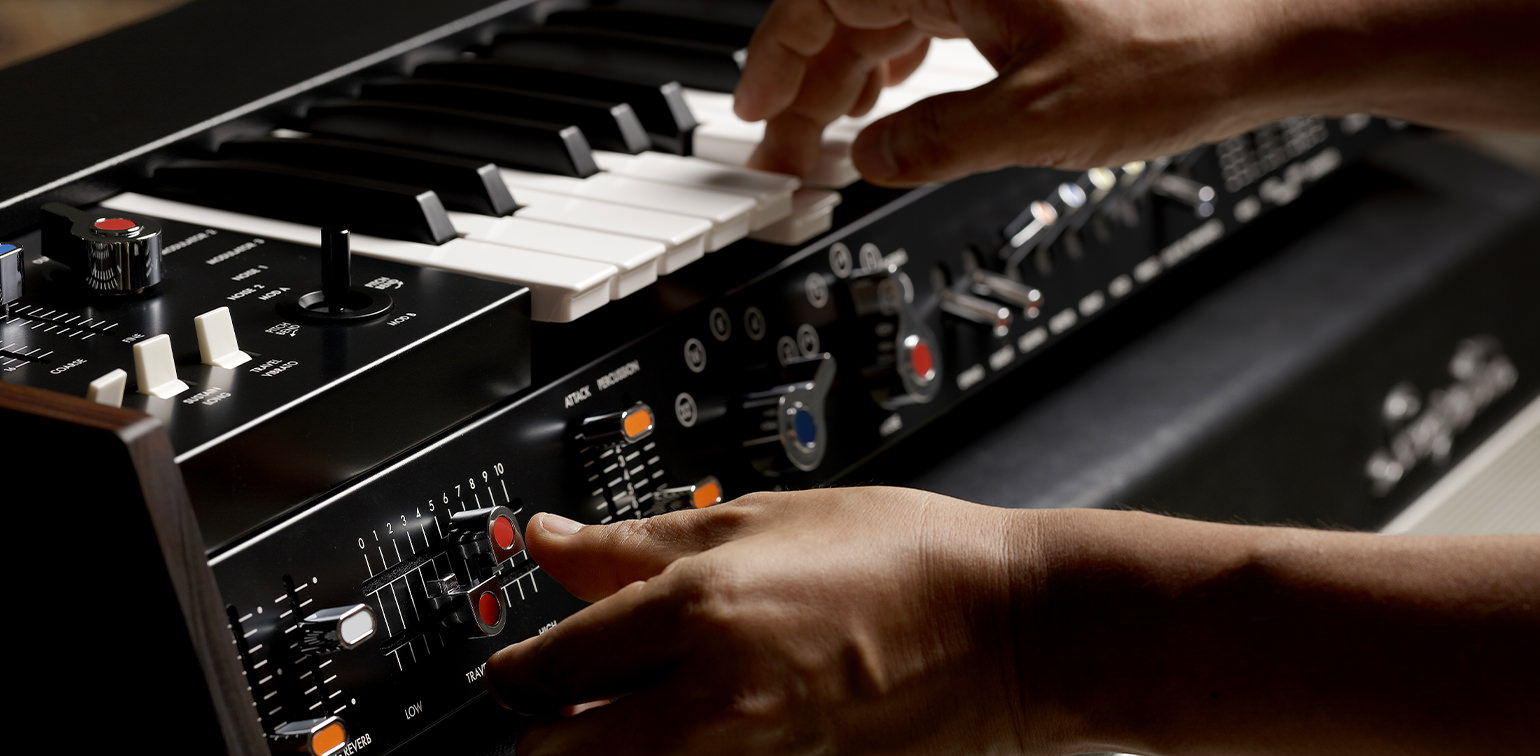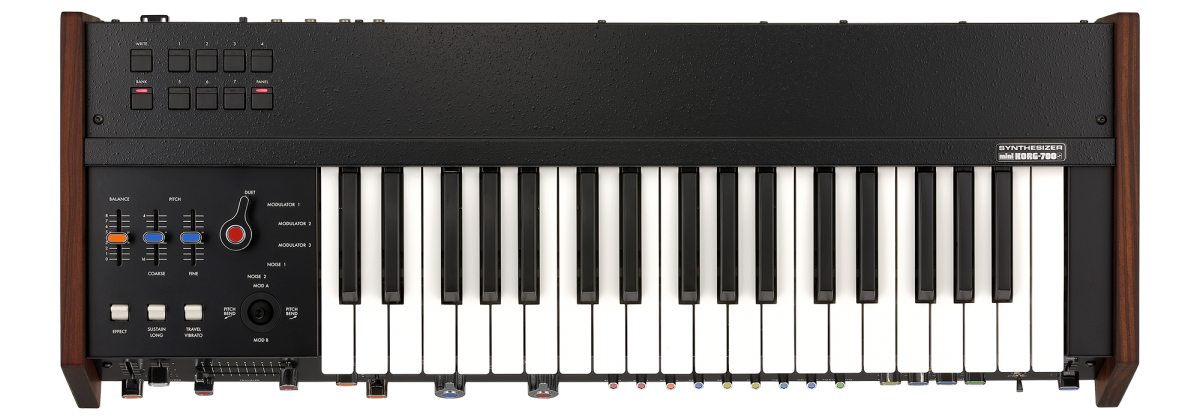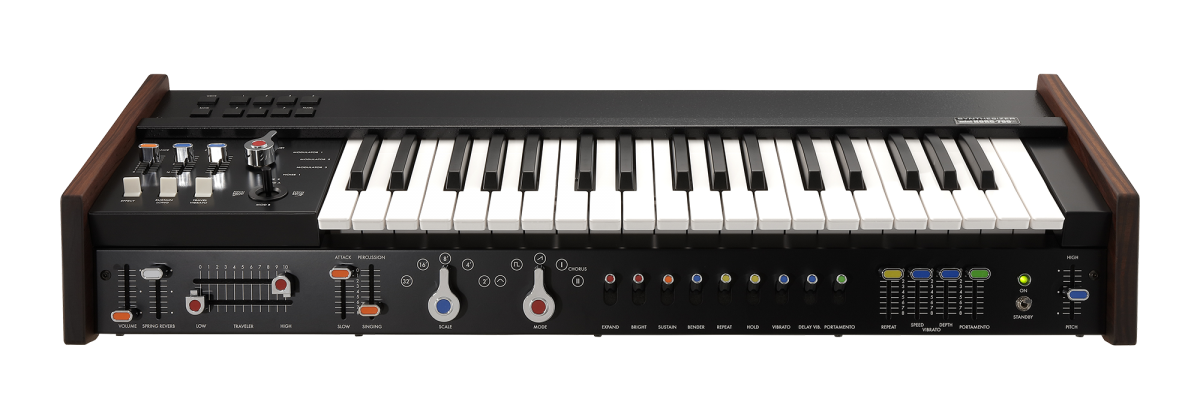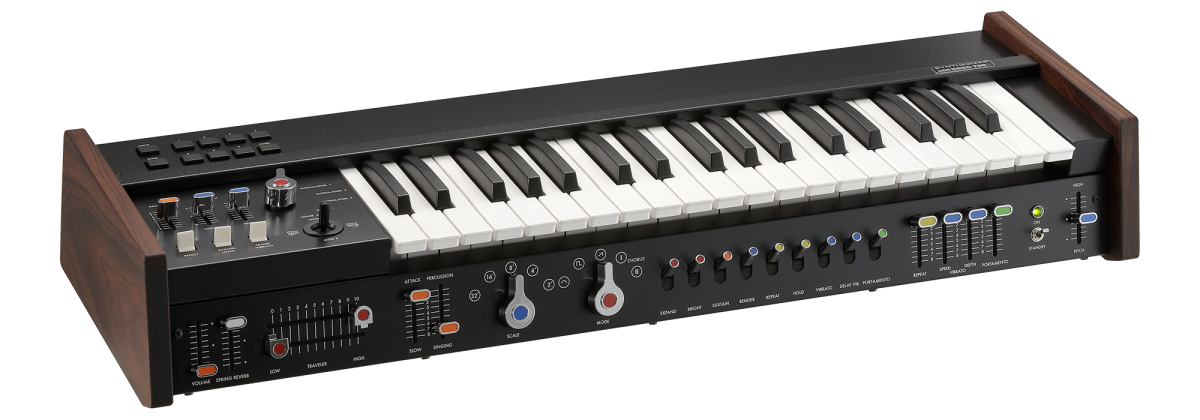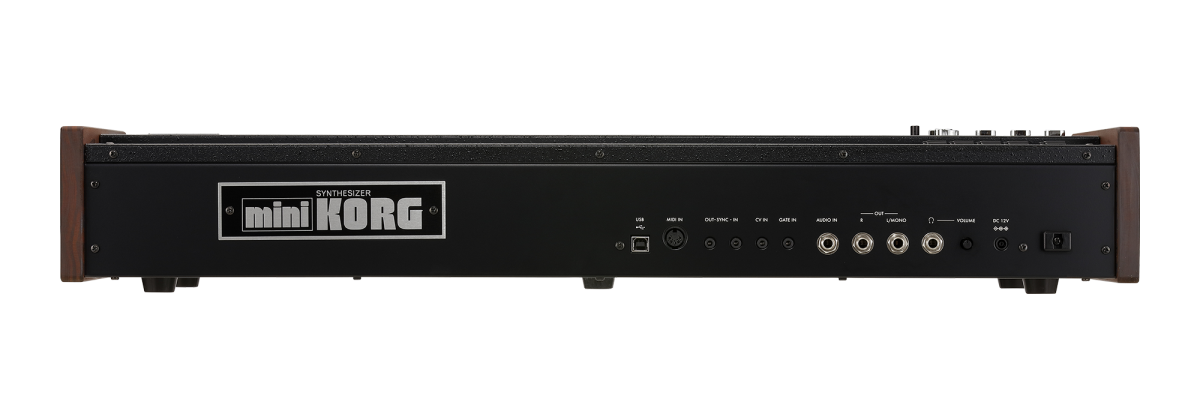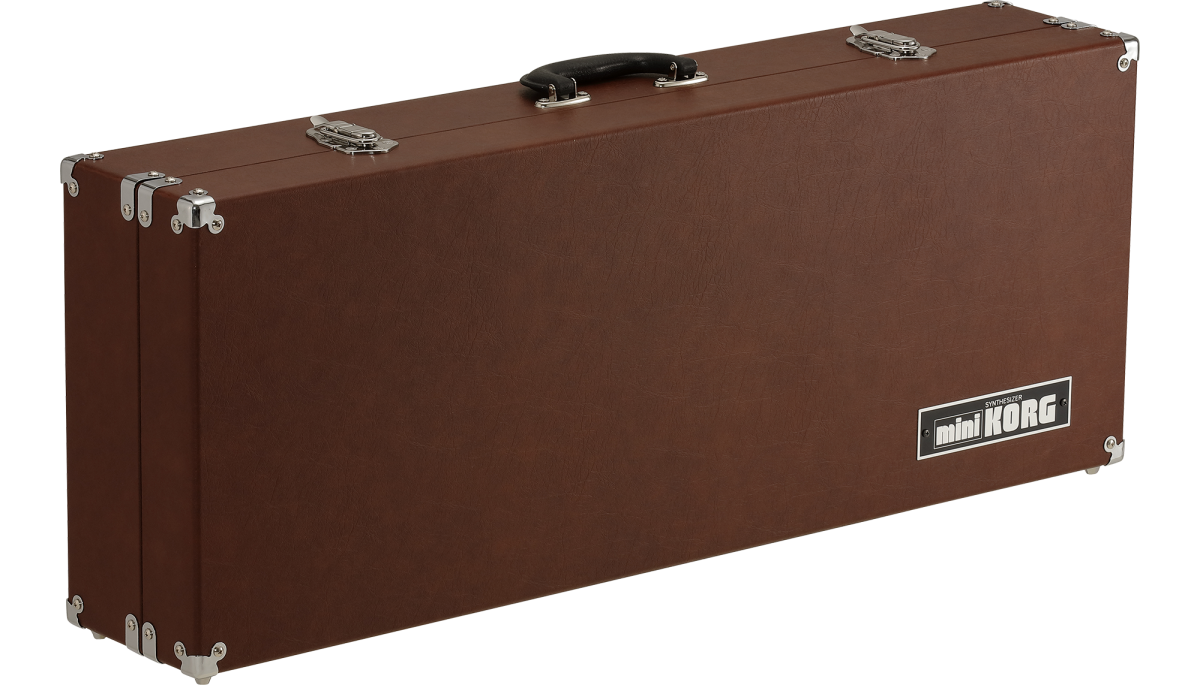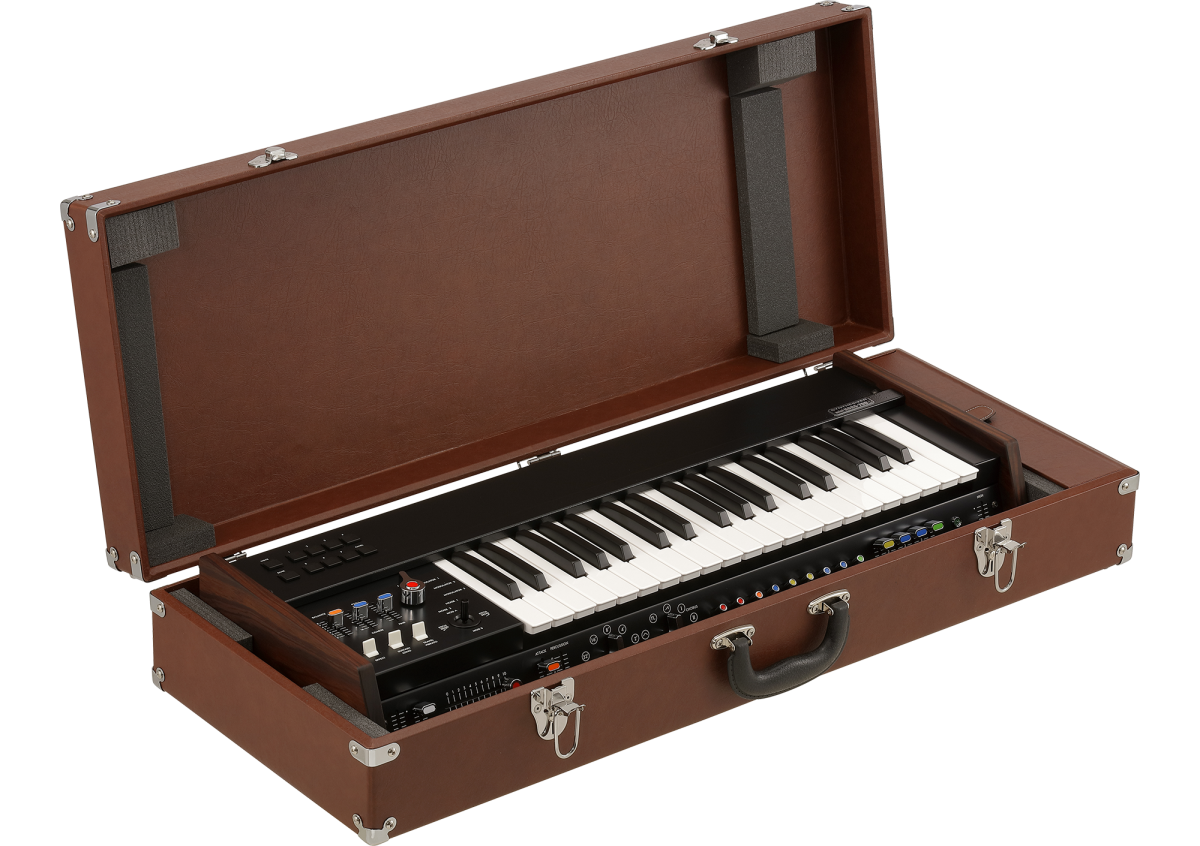
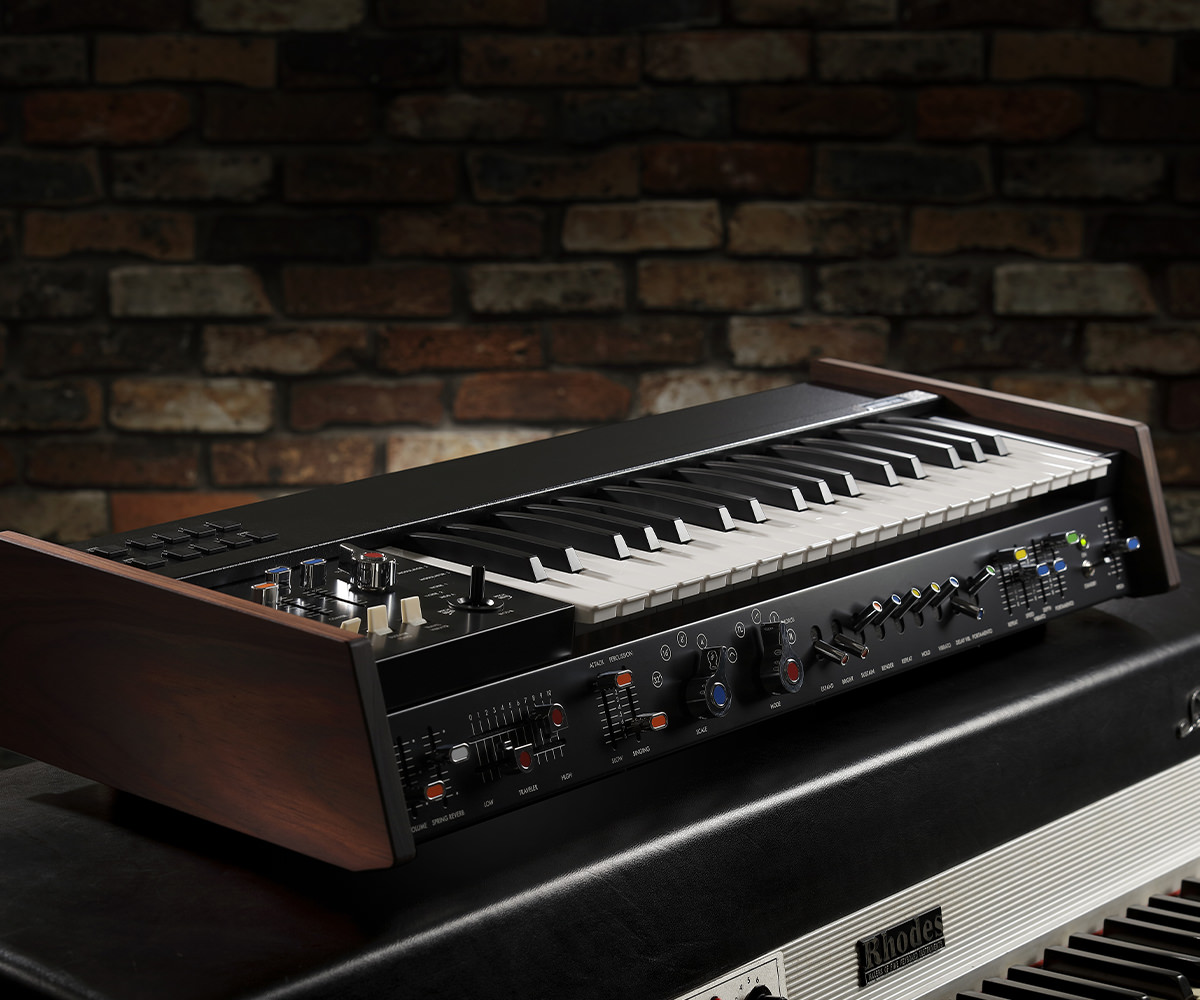
SoundCloud

miniKORG 700FS
SYNTHESIZER
پشتیبانی
بیشتر بدانید
محصولات مرتبط
لوازم جانبی
بازگشت به آینده:
احیای دوباره MiniKORG 700 در نسخه محدود
MiniKORG 700 نخستین سینث سایزر تکصدایی(مونوفونیک) برند کرگ بود که در سال 1973 و به صورت تولید انبوه روانه بازار گردید؛ زمانی که سینث سایزر به عنوان یک آلت موسیقی چندان جای خود را بین کاربران پیدا نکرده بود. پس از آزمایشهای بسیار MiniKORG 700 جهانی از سینث سایزرها را ضمن برخورداری از عملکردهای ساده که میتوانستند تغییرات بزرگ در صدا ایجاد نمایند در اختیار گستره گوناگونی از کاربران قرار داد که مورد توجه بسیاری از موزیسینها قرار گرفت.
MiniKORG 700FS احیای دوباره MiniKORG 700S است(که خود آن نسخه بهبود یافته ورژن MiniKORG 700 میباشد) و همان سال به بازار عرضه شد. MiniKORG 700FS بازسازی دارای عملکردهایی میباشد که از جمله آنها میتوان به عملکرد آرپژ، اسپرینگ ریورب و افترتاچ اشاره نمود. MiniKORG 700FS یک سینث سایزر آنالوگ بوده که ضمن همکاری با طراح اصلی Fumio Mieda توسعه و طراحی گردیده است.
(لازم به ذکر است جهت جلوگیری از سردرگمی MiniKORG 700 اورجینال و MiniKORG 700F هر دو در بیشتر موارد تحت عنوان MiniKORG 700 ذکر شدهاند.)
KITARO با miniKORG 700FS ملاقات میکند (زیرنویسهای انگلیسی موجود است)
دلیل احیای MiniKORG 700 چیست؟
امکان درک صداهای زیبا و فوقالعادهای که توسط MiniKORG 700 تولید میشوند بوسیله تکنولوژی مدلسازی آنالوگی که از مدار الکتریکی کامپیوتری تلفیق شده همچون DSP بهره میبرد وجود ندارد. هرچند که کرگ همچنان به تولید سینث سایزرهای آنالوگ همچون Prologue و Minilogue و دیگر مدلها ادامه میدهد، باید این را در نظر داشته باشیم که این مدلها بیش از هرچیز وجود و تولید خود را مدیون MiniKORG 700 میباشند. هرچند که در زمان ساخت، یک مدار الکتریکی آنالوگ تئوری و فرآیند نظری از اهمیت بسیاری برخوردار است، داشتن تجربه عمیق نیز برای دانستن نتیجه نهایی در خصوص مدار الکتریکی ساخته شده بسیار مهم میباشد.
از زمان معرفی Monotron یک محصول آنالوگ نسل جدید که در سال 2010 توسط مهندسین جوان و عاشقان آنالوگ طراحی گردید 10 سال میگذرد. مدت زمان زیادی طول کشید تا نسخه تمام و کمال طراحی و ساخته گردد اما بالاخره زمان موعود فرا رسید و ما امروز همان جایی هستیم که باید باشیم، یعنی نقطه آغاز.
آرزوی ما این است که کاربران بتوانند زیبایی و فوقالعادگی صدای واقعی آنالوگ را از طریق MiniKORG 700FS که توسط مهندسن آنالوگ KORG و تحت نظارت Fumio Mieda طراحی شده تجربه نمایند. لازم به ذکر است که Mieda همان کسی است که مدار الکتریکی اورجینال را طراحی نموده و اطمینال حاصل کرد تا عناصری که اهمیت آنها بیش از ساختار مدار الکتریکی هستند همگی ارائه گردند.
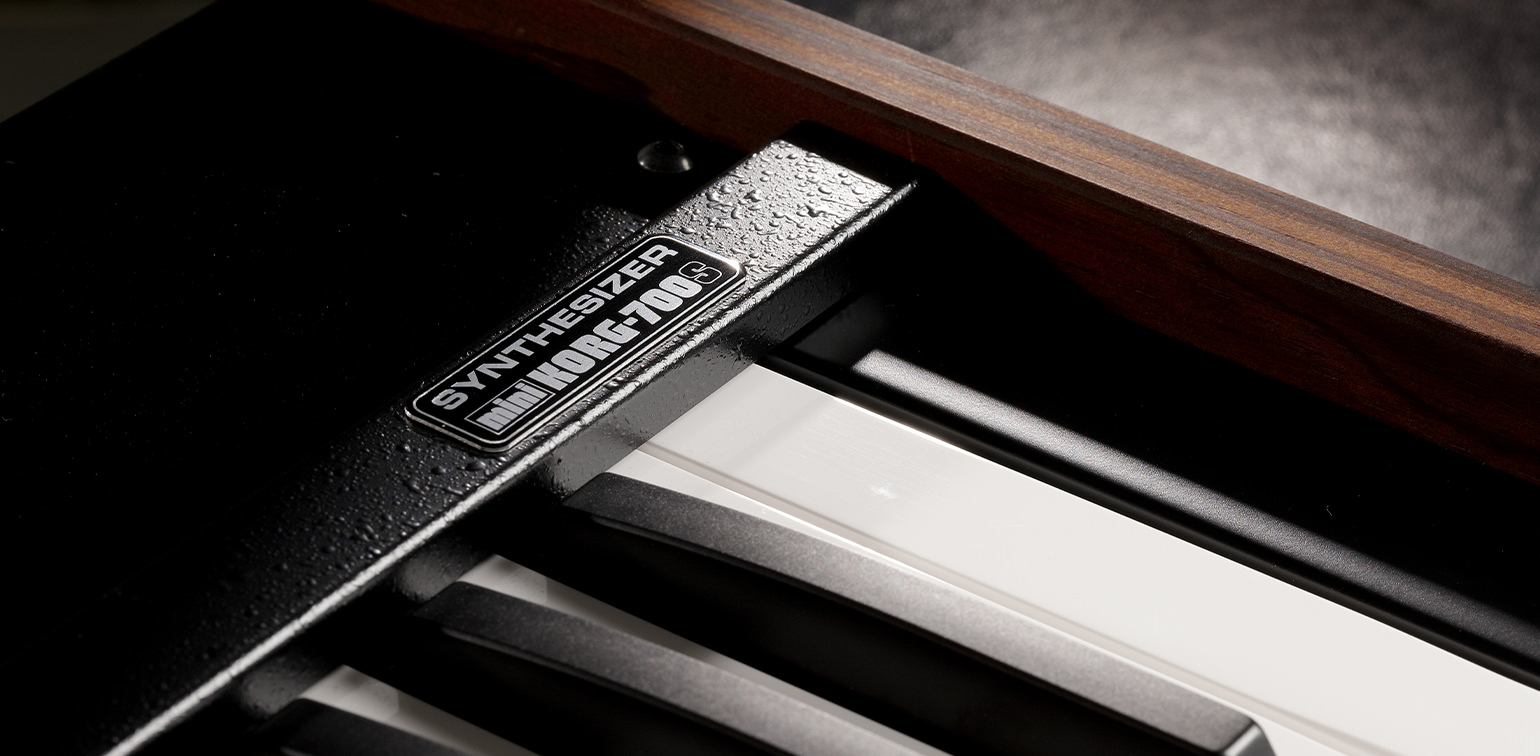
لیدهای سینث زیبا، باسهای عمیق و بیشتر
با اینکه MiniKORG 700 نخستین سینث سایزر KORG بود، در میان دیگر سینث سایزرهای تولید شده توسط ما صداهایی بسیار حجیم و سنگین تولید میکرد. MiniKORG 700FS از اسیلاتورهایی برخوردار بوده که دارای صداهای نافذی میباشند و از دیگر ویژگیهای آنها نیز بازسازی بسیار خوب Traveler Controller است که از قابلیتهای اصلی MiniKORG 700 به شمار میرود. کلیدها و باس Volca از فیلتر مدار الکتریکی MiniKORG 700 استفاده میکنند چراکه ویژگیها و ساختار شفاف و نافذ این فیلتر گزینه بسیار مناسبی هستند برای تولیداتی که تمرکز آنها بر سینث صداهای لید و باس قدرتمند معطوف میباشد.
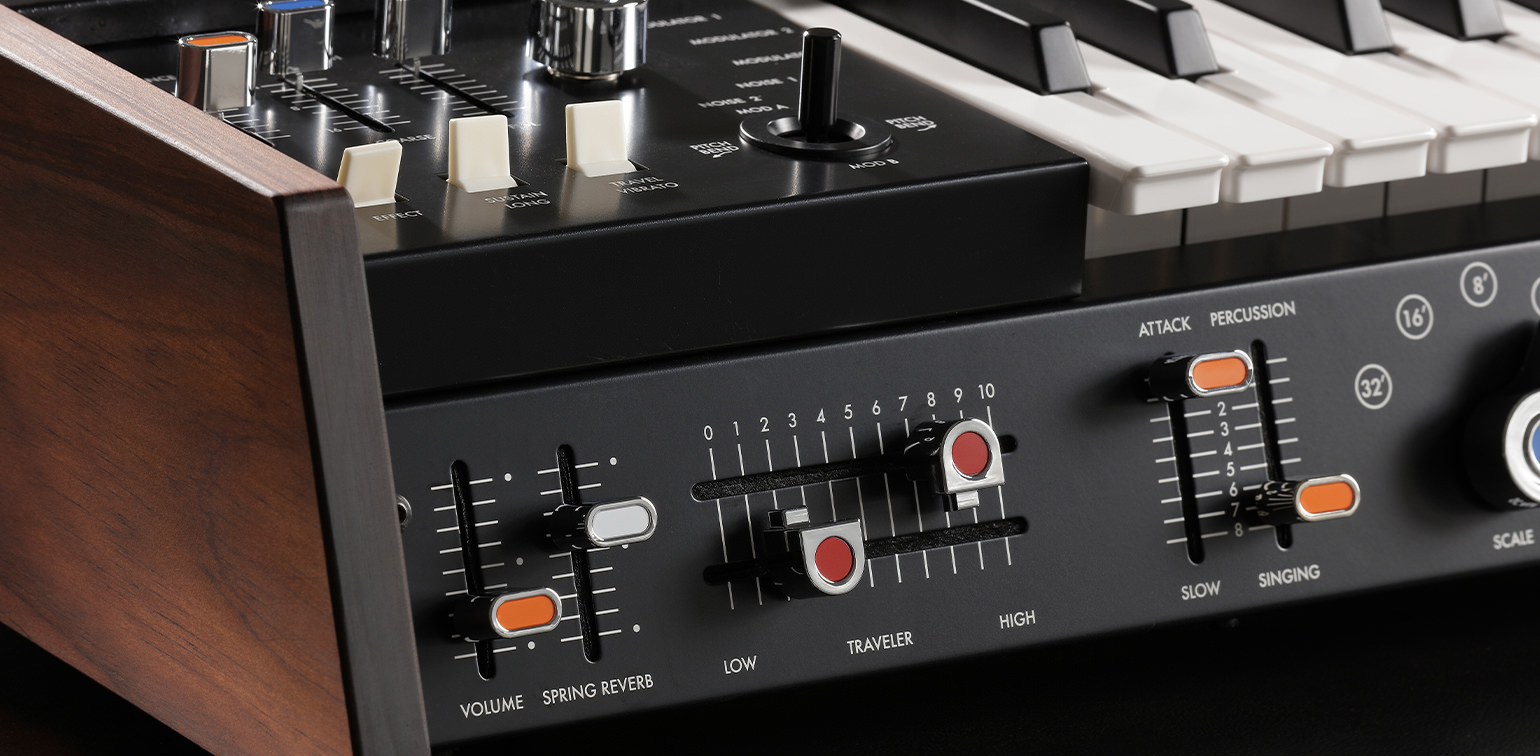
امکانات پیش روی به عنوان یک کیبورد ساب
در آغاز MiniKORG 700 به عنوان ساب کیبورد عرضه شد که نوازندگان آن را در بالای ساز ارگان خود قرار میدادند(در سالهای 1970 میلادی کاربرد بسیاری داشت) تا بدین ترتیب به پالت صدایی ارگان رنگ و صدای جدیدی افزوده گردد. این روزها صدای بسیار زیبای سینث لید MiniKORG 700FS این توانمندی را دارد تا با کیبوردهای استیج گوناگون همچون پیانوی الکتریک و ارگان به خوبی همراهی نماید.
کنترلهای MiniKORG 700 در پایین آن تعبیه شده بودند تا بدین ترتیب نوازندگانی که آن را در بالای ارگان قرار داده بودند بتوانند آنها را به راحتی پیدا کنند. حتی همین امروز هم چنین طراحی خلاقانه بوده، فهم آن نیز بسیار راحت است و زیبایی را برای کاربر به ارمغان میآورد که هیچ ساز دیگری ارائه نمیکند.
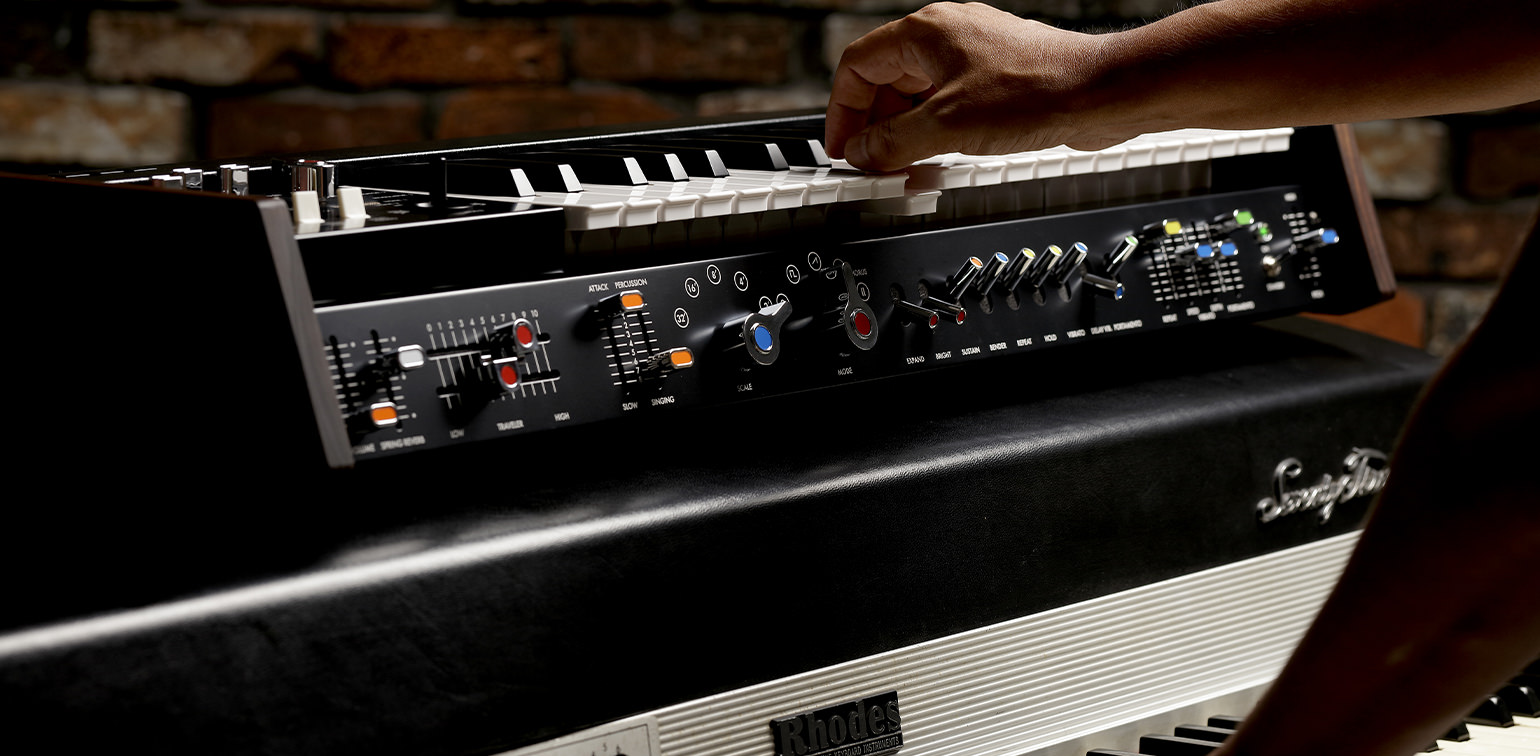
قابلیتهایی که ما به ساز اورجینال اضافه کردیم
زمانی که برای MiniKORG 700 عرضه شد عناصر تشکیل دهنده الکترونیکی آن اندازه بزرگتری داشتند که با توجه به فضای درونی کم، قابلیتهای آنها را کاهش میداد. با پیشرفتهایی که امروزه در تکنولوژی صورت گرفتهاند اکنون ما این فضا را داریم تا افکت اسپرینگ ریورب و همچنین جویاستیک برای تغییر نوسانات و گام صدا را نیز به آن اضافه نماییم. لازم به ذکر است که جهت برخورداری از رسایی هرچه بیشتر، نسخه جدید دارای افترتاچ و دیگر قابلیتها همچون عملکرد آرپژ، پورت USB، رابط MIDI IN و جک CV/GATE IN نیز میباشد.
همچنین ما یک دکمه برنامه حافظه تعبیه کردهایم و بدین ترتیب نوازندگان نیازی نخواهند داشت تا وضعیت پیشین چرخانکها و دستهها را به یاد سپرده و یا یادداشت نمایند تا مجددا صداهای مد نظر خود را بازسازی کنند.

کنترلر Traveler
بارزترین مشخصه MiniKORG 700 یعنی کنترلر Traveler دارای دو دکمه لغزنده(اسلایدر) بوده که در زیر کیبورد تعبیه شدهاند. ضمن برخورداری از این کنترلها نوازندگان قادر خواهند بود تا قطع جریان فرکانس را با اهرم بالایی که وظیفه کنترل فیلتر Low-Pass را به عهده داشته و همپنین اهرم پایینی که وظیفه کنترل High-Pass را به عهده دارد تنظیم کنند. این قابلیت به نوازندگان امکانی را میداد تا میزان رسایی و بارز بودن مشخصههای صدا را بر اساس جایگاه اهرم تنظیم نمایند. با جابجایی اهرمها به چپ و راست در هنگام نواختن کلیدها صداهای wah-wah و صدهای صامت در کنار صدای خاص تراولینگ میتوانند ایجاد گردند.
از آنجایی که صدایی که از فیلتر میگذرد دارای فرکانس قطع جریان بالاتر و پایینتری به نسبت فرکانسهای تنظیم شده توسط اسلایدرها میباشد، تمامی فرکانسها فیلتر شده و بدین ترتیب در زمان جابجایی دو اسلایدر هیچ صدایی شنیده نمیشود. برای حل این مشکل MiniKORG 700 بر روی اسلایدر یک پیش آمدگی قرار داده بود تا نتوانند جابجا شوند.
خوبی و بدی این قابلیت این بود که مدار الکتریکی آنالوگ مورد استفاده قرار میگرفت. در گذشته و حتی همین امروز هم طراحی یک فیلتر با مشخصههایی بدون نقص و کامل کاری غیرممکن میباشد. در گذشته که MiniKORG 700 فروخته میشد برخی از نوازندگان قسمت پیش آمدگی اهرم را میخراشیدند تا بتوانند اهرمها را با هدف ساخت صداهای جدید جابجا کنند. در واقع برخی از مدلهایی که به صورت جهانی فروخته میشدند دارای پیش آمدگی نبودند.
MiniKORG 700FS نیز فاقد این برآمدگی است و نوازندگان میتوانند تنظیمات را به گونهای تنظیم نمایند تا صدای خاص مد نظر خود را بدست آورند.
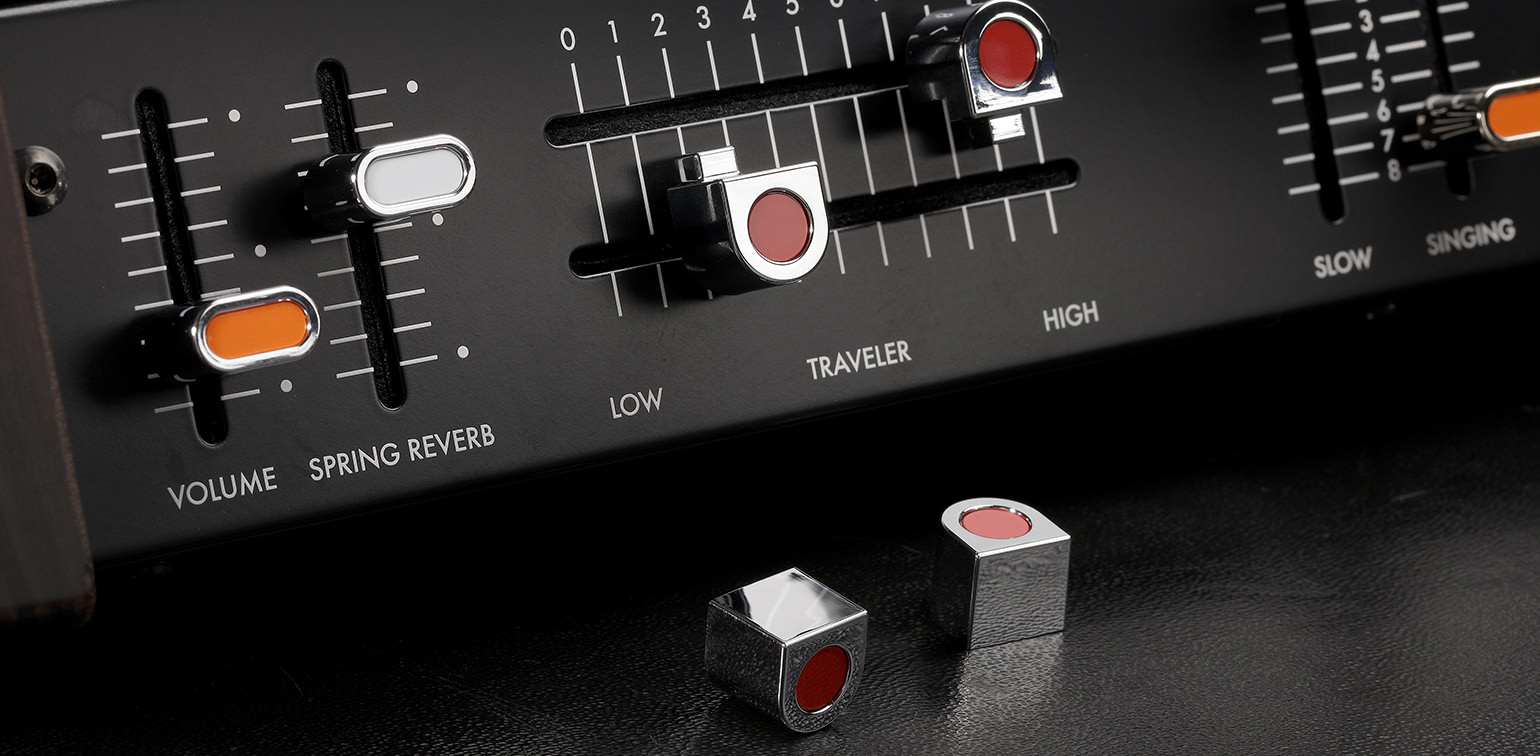
اسیلاتور دوم
MiniKORG 700 یک مونو سینث تک اسیلاتوری بود. یک سال بعد یعنی در سال 1974 مدل MiniKORG 700S به بازار عرضه گردید که در قسمت چپی کیبورد فضایی برای کنترلر ایجاد شده بود. اسیلاتور دوم، مدولاتور رینگ و دیگر قابلیتها نیز به آن افزوده شده بودند. مدل FS که ما هم اکنون درباره آن صحبت میکنیم در واقع نمونه احیا شده مدل 700S بوده که قابلیتهای آن گسترش پیدا کردهاند و شامل دو اسیلاتور میباشد که به شما امکان و لذت برخورداری از دیتیونیگهای قدرتمند و صداهای سینث لید نافذ و ضخیم خواهد داد.
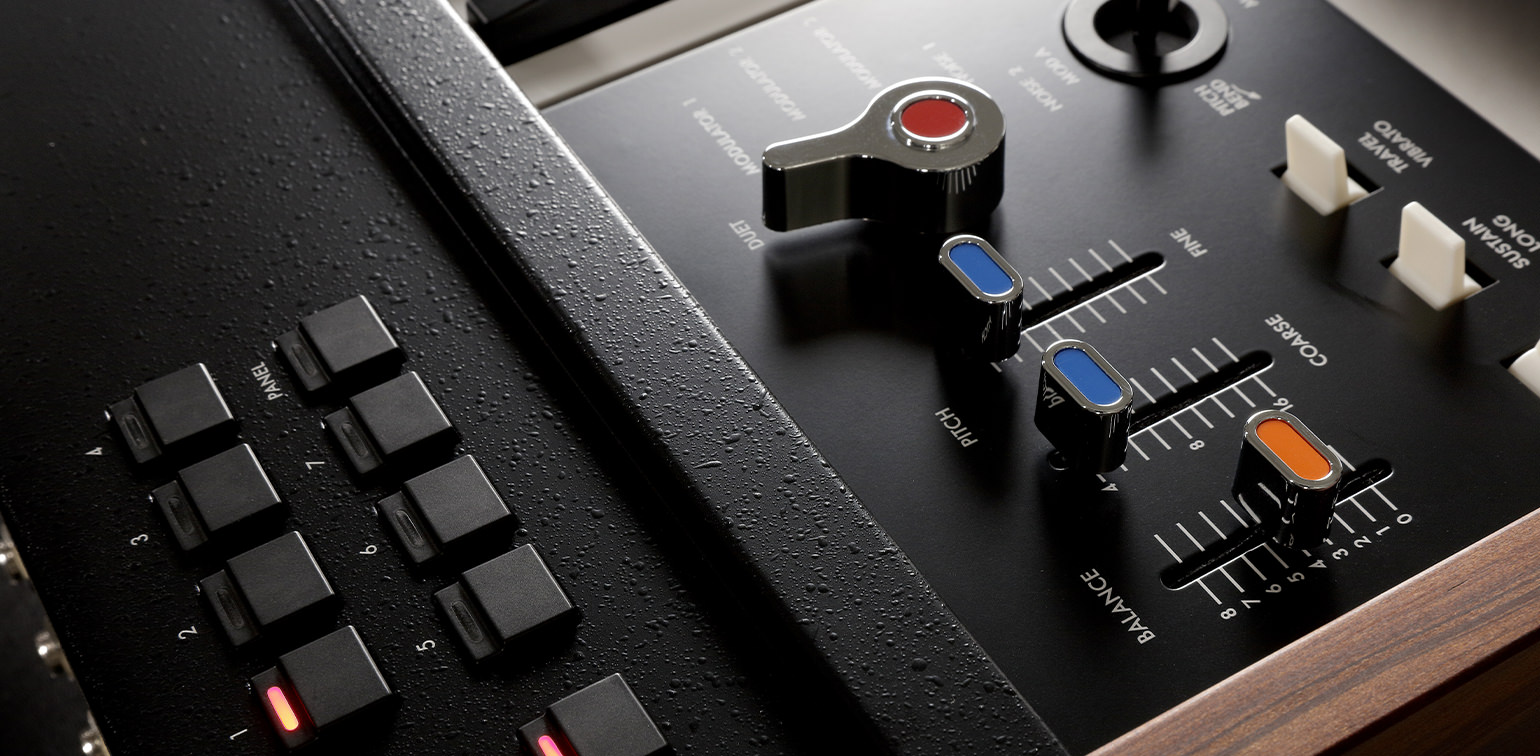
برخورداری از یک کیس(جعبه) محکم اختصاصی ساخته شده برای MiniKORG 700FS
برای زنده نگاه داشتن یاد و خاطره MiniKORG پس از تقریبا نیم قرن، ما به همراه محصول نسخه محدود خود MiniKORG 700FS یک جعبه محکم طراحی و قرار دادهایم که به صورت اختصاصی برای این محصول ساخته شده است.

مجموعهای از نرمافزارهای موسیقی رایگان
MiniKORG 700FS از مجموعه متنوعی از نرمافزارهای موسیقی Izotope برخوردار است؛ شامل برنامه Ozone Elements که نه تنها به شما اجازه آهنگسازی میدهد، بلکه برای شما این امکان را نیز فراهم آورده تا آنها را با استفاده از هوش مصنوعی مستر کنید. از دیگر برنامهها میتوان به برنامه سینث KORG و دیگر برندها و البته برنامه Skoove اشاره کرد که به شما کمک میکند تا مهارتهای کیبورد نوازی خود را تقویت کنید.
خلاصه کلام این است که با استفاده از MiniKORG 700FS، به مجموعهای از ابزار دسترسی خواهید داشته که سطح موزیک شما را از لحاظ ارتقا خواهند داد.
برنامههای مختص آیپد/آیفون
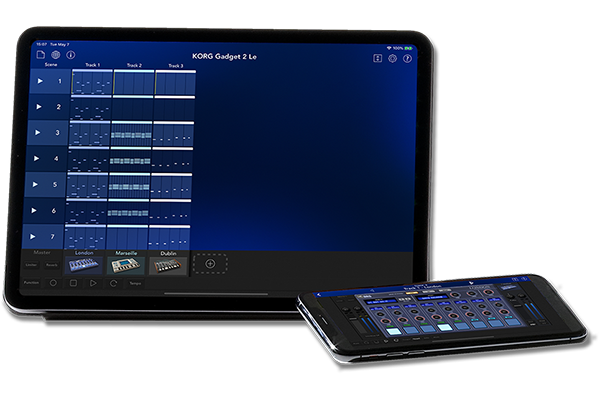
برنامه DAW استودیو تولید موزیک KORG Gadget 2 Le
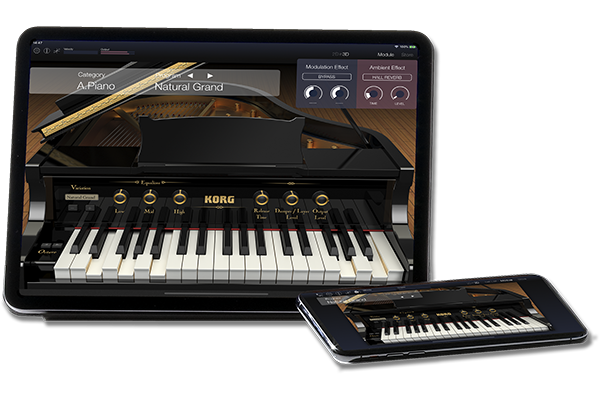
برنامه مدول صدای پیانو/کیبورد KORG Module


برنامههای مختص ویندوز/مک
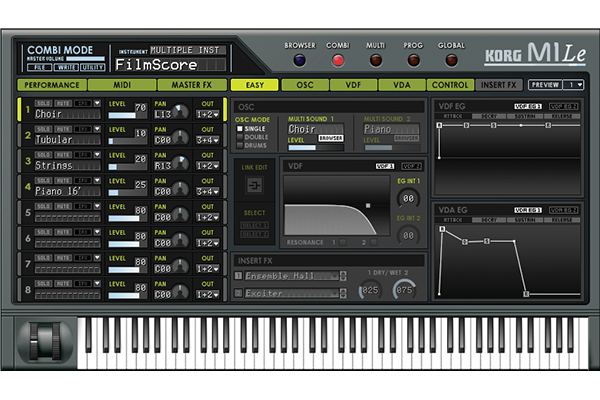
مدول صدای سینث سایزر KORG Collection – M1 Le

مدول صدای سینث سایزر UVI Digital Synsation
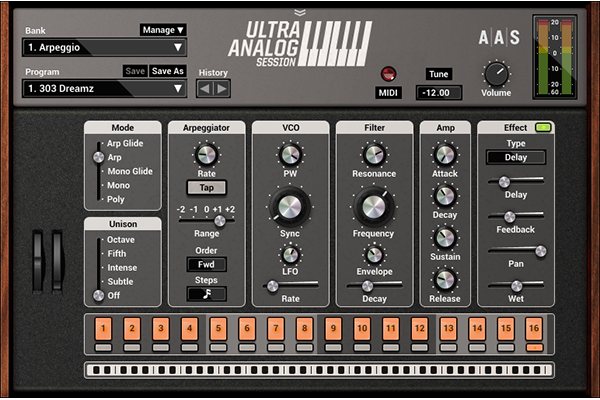
مدول صدای سینث سایزر AAS Ultra Analog Session
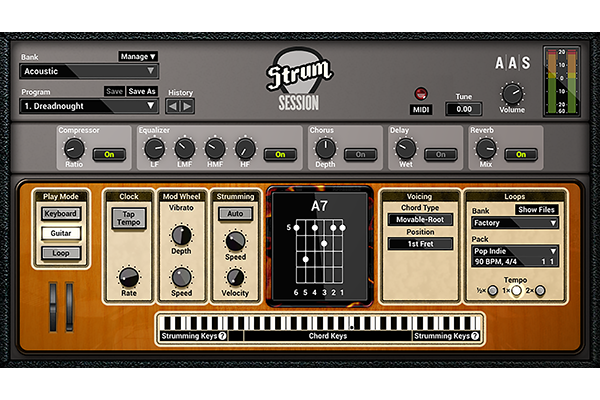
مدول صدای گیتار آکوستیک AAS Strum Session
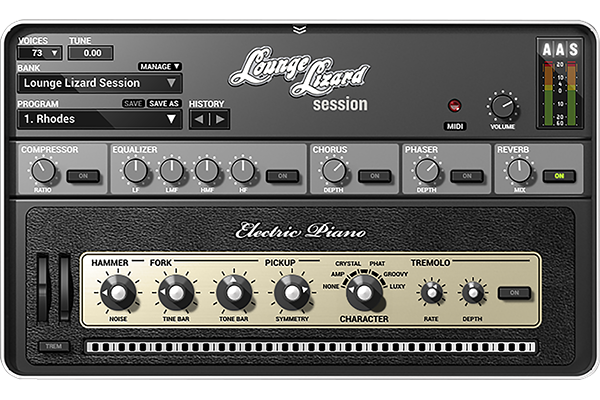
مدول صدای پیانوی الکتریک AAS Lounge Lizard Session
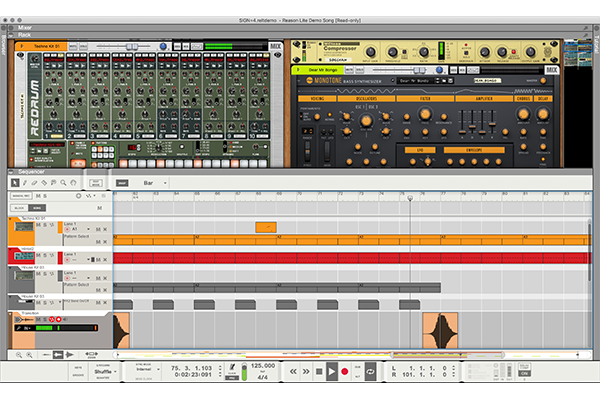
برنامه تولید صدای DAW Reason Studios Reason Lite
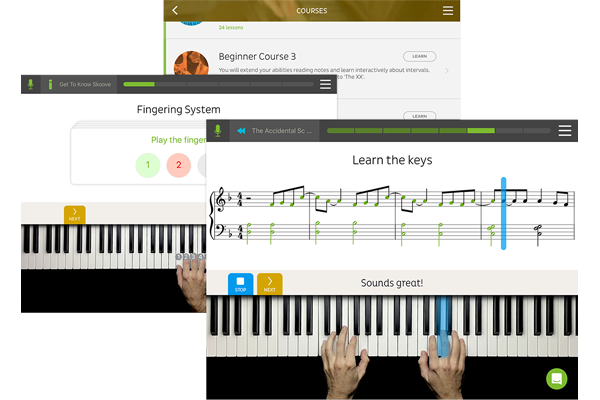
آموزش آنلاین پیانو Skoove Free 3 months trial of Skoove Premium
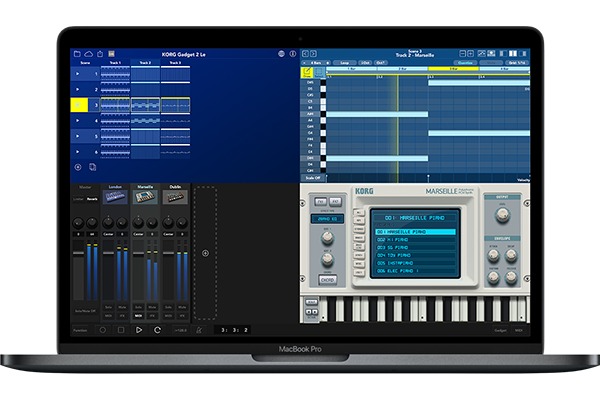
برنامه تولید صدای DAW KORG Gadget 2 Le for Mac

برنامه مسترینگ صدای پلاگاین iZotope Ozone Elements

مدول صدای سینث سایزر KORG Collection – MiniKORG 700S
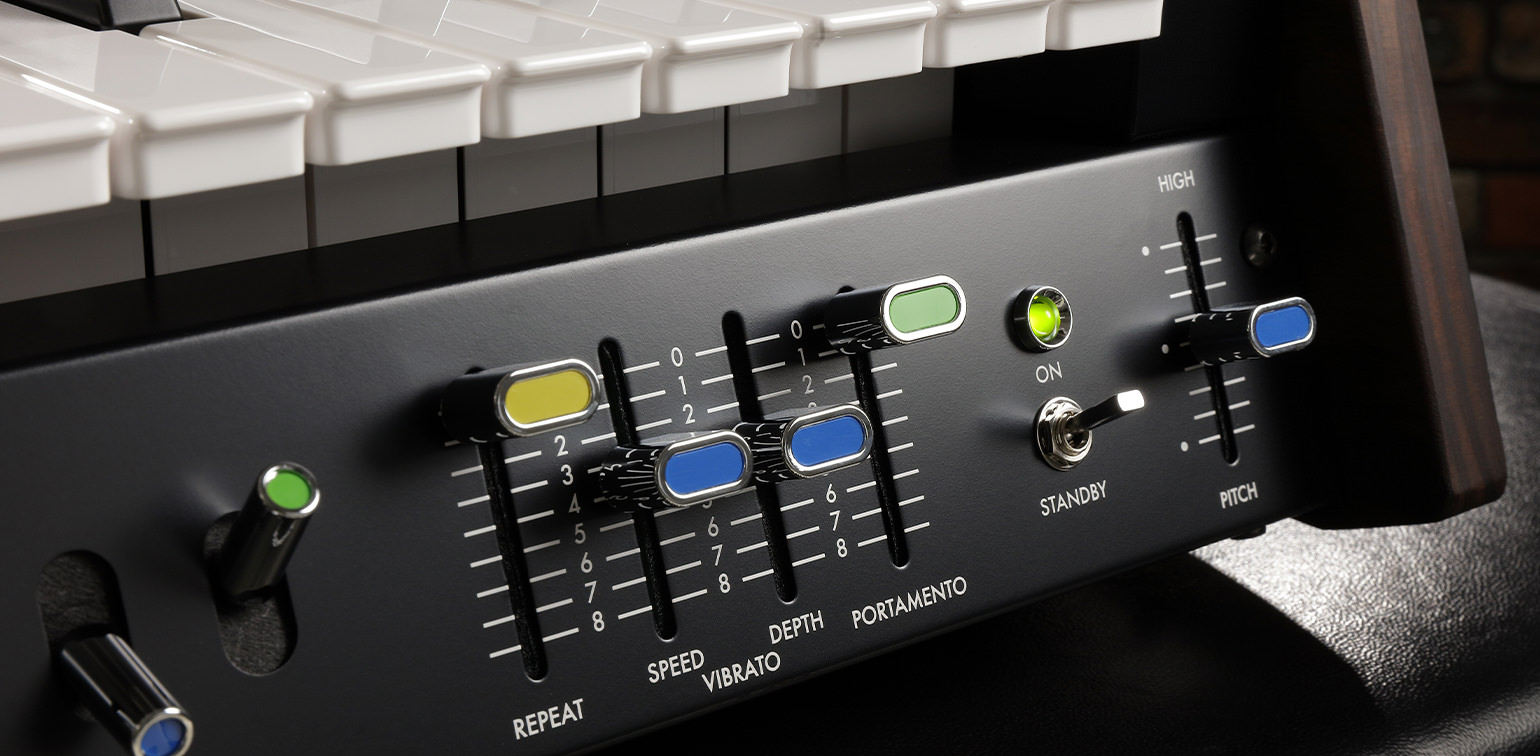
مطلبی برای گرامیداشت یاد و خاطره طراح اورجینال MiniKORG 700S فومیو میدا(Fumio Mieda)

محصول MiniKORG 700S سالها پس از تولید نمونه اولیه آن قرار بود تولید شود.
اولین نمونه در ژاپن و استودیو 19 All Japan Audio Fair در 12 نوامبر سال 1970 میلادی یعنی 50 سال پیش تولید گردید. این ساز که قالب ساخت آن یک ارگان خلاقانه بود در واقع یک کیبورد دو استیجی بود که از دو بخش تشکیل میشد: بخش ارگان که منبع صدای آن یک صدای پلیفونیک بود و بخش سینث سایزر مونوفونیک. در کمپانی ما به عنوان اولین نمونه(پروتوتایپ) شناخته میگردد.
این نمونه را میتوان از دو راه شناسانده و به بازار عرضه نمود؛ یا یک ارگان پلیفونیک و یا یک ساز مونوفونیک که در هر بار میتواند تنها یک صدا تولید نماید ولی از سوی دیگر میتواند رنگ صدا را به شکل متمایزی دگرگون نماید. پیشبینی رونق گرفتن سینث سایزرها شدنی نبود بنابراین مشخصهها مونوفیک سینث سایزر نادیده گرفته شدند و این محصول به عنوان یک ارگان کامبو که به صدای پلیفونیک آن فیلتر صدای دستی Traveler نیز متصل شده بود به بازار عرضه گردید. این محصول همان ارگان Korgue و یا همان طور که ما آن را نامیدیم Decakorgue بود که در آن زمان تحت نام پیشین شرکت یعنی Keio Electronic Laboratories فروخته میشد که همین بستری را فراهم کرد که بعدها نام شرکت به KORG تغییر پیدا کند.

این محصول نخستین ساز کیبورد ما بود؛ هرچند که علیرغم تلاشهای بسیار بنیانگذار یعنی Tsutomu Kato فروش چندانی نداشت چون از یک سو قیمت بالایی داشت و از سوی دیگر نیز شبکه توزیعی برای فروش آن نیز وجود نداشت. با اینحال زمانی که خریداران آمریکایی متوجه نمونه اولیه MiniKORG 700/700S شدند به شکل غافلگیرکنندهای درخواستهای بسیاری برای خرید آن دریافت کردیم. سه یا چهار سال از زمان از معرفی نمونه اولیه میگذشت و ما راه زیادی برای رسیدن به هدف خود پیموده بودیم.
این محصول از دید ظاهر، مشخصات فنی و مدارهای الکتریکی درونی خود با محصولات دیگر شرکتها تفاوتهای بسیاری داشت که دلیل آن هم این بود که ما نمیخواستیم از سینث سایزرهای دیگر شرکتهای غربی تقلید کنیم.
نخست اینکه مورد استفاده از محصول تولیدی ما متفاوت بود. در زمان تولید گمان ما این بود که این محصول نهایتا به عنوان یک کیبورد سوم بر روی ارگان الکترونیک مورد استفاده قرار خواهد گرفت و نه به عنوان یک ساز تکی.
بنابراین رویکرد ما به مشخصات فنی و ساختار در واقع ساده کردن هرچه بیشتر فهم و کاربری برای ارگانیستها بود. جهت دسترسی سادهتر برای ارگانیستها، پنل کاربری بایستی در زیر کیبورد قرار میگرفت. اکتاوها، ویوفرمها و چرخانکهایی که به طور مرتب مورد استفاده قرار میگرفتند دارای شکل به خصوصی بودند تا بدین ترتیب به راحتی توسط نوازنده تشخیص داده شده و سریع جابجا شوند.برای کسانی که برای اولین بار قصد استفاده از سینث سایزر را داشتند هم سیستمی را تعبیه کردیم که صرف نظر از عملیات اجرایی هیچ صدایی از بین نمیرفت.
برای نمونه یک محدوده مکانیکی برای دو چرخانک Traveler قرار داده شد تا عملکرد یک چرخانک عملکرد دیگری را تحت تاثیر قرار ندهد. گمان ما این بود که این ایده خوبی است، با اینحال به درخواست برخی از نوازندگان خارجی این محدودیت در بعضی مدلها برداشته شد تا دامنه حرکت گسترش یابد به نحوی که این مدل دارای دو نوع چرخانک بود؛ یکی با محدودیت حرکت و دیگری بدون محدودیت حرکت.
عملکرد Traveler در بسیار از مدلهای ما مورد استفاده قرار گرفت؛ از نمونه اولیه گرفته تا Korgue، سری MiniKORG 700 و افکتورها. دلیل نامگذاری Traveler(مسافر) این است که چرخانکهای فیلتر Low-Pass و High-Pass یادآور دو مسافرند که در یک مسیر در حال رفت و آمد هستند.
پنل سمت چپ نمونه اولیه یک Traveler بسیار دراز داشت و از ساختاری برخوردار بود که یک چرخانک بر روی یک مسیر جلو و عقب میشد. در مدلهای باز تولید شده بعدی یک جویاستیک و ریورب وجود داشت که در مدل 700S به منظور کوچک سازی حذف شدند.
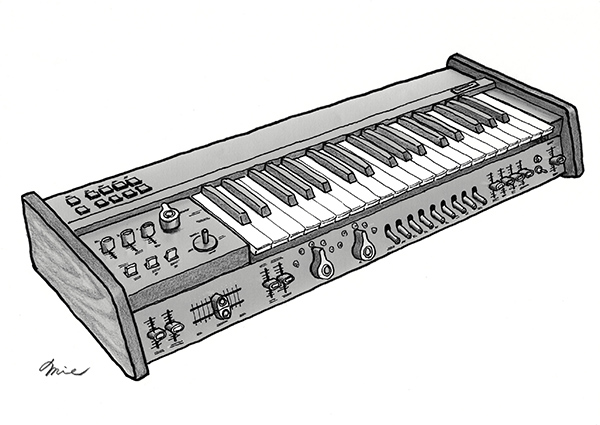
گام صدا(Pitch) در سینث سایزرها در آن زمان بسیار ناپایدار بود، بنابراین زمانی که ما MiniKORG 700 را ساختیم همان سیستم Hz/Volt را در آن بکار بردیم که در نمونه اولیه بکار برده بودیم. در خصوص پایداری گام صدای MiniKORG 700 ناگفته نماند که همین مدار الکتریکی در نخستین تیونر صدای دستی Meter-Type یعنی WT-10 که بعدا به بازار عرضه شد نیز بکار برده شد.
ایده طراحی و ساخت سیستم Hz/Volt از اصول ساختاری اتنیتور بکار رفته در یک ابزار اندازهگیری الکتریکی برگرفته شد؛ هرچند که ما بایستی یک مبدل را نیز طراحی میکردیم برای اتصال سازهایی که توسط دیگر شرکتها ساخته میشدند و از سیستم Oct/Volt استفاده میکردند.
شمار چرخانکها به حداقل رسید تا هر کدام از آنها بتوانند به سادگی مورد استفاده قرار گیرند. یک Envelope Generator طراحی شد تا صدای بیشتر سازها تنها با بکارگیری دو چرخانک ایجاد گردد یعنی ATTACK و SINGING/PERCUSSION. لازم به ذکر است که این سیستم ADSR نبود. پس از اینکه به بازار عرضه شد برخی از کاربران این عقیده را داشتن که سینث سایزرهای KORG که در آن زمان Keio Giken نام داشت، مشخصات فنی منحصربهفردی دارند و همچنین نام عملکردهای آن از نام دیگر سازها که توسط دیگر کمپانیها ساخته میشدند نیز متفاوتند و به همین دلیل نیز KORG در راستای استانداردسازی بایستی آنها را تغییر دهد. در سینث سایزر MS-20 که چند سال بعد عرضه گردید نامها و عملکردها تغییر داده شدند هرچند که این کار دشواری برای ما بود چراکه به باور ما از نکات جالب سازها این است که هر کدام از آنها ویژگیهای خاص خود را دارند.
MiniKORG 700، MiniKORG 700S و 800DV مدلهای خویشاوند هستند و مدار الکتریکی پایه همه آنها یکی است. 700S در واقع همان مدل 700 بود که در آن VCO نیز افزوده شده است و 800DV همان مدل 700 بوده که عملکرد دو صدایی نیز به آن اضافه گردیده است. اغلب کاربران این باور را داشتند که این سری صدای عمیق و بمی دارد هرچند که در هنگام تولید ما راه قطعی برای تولید یک صدای عمیق نمیدانستیم، اما اکنون که به گذشته مینگریم، حرف چندان بیراهی هم نیست!
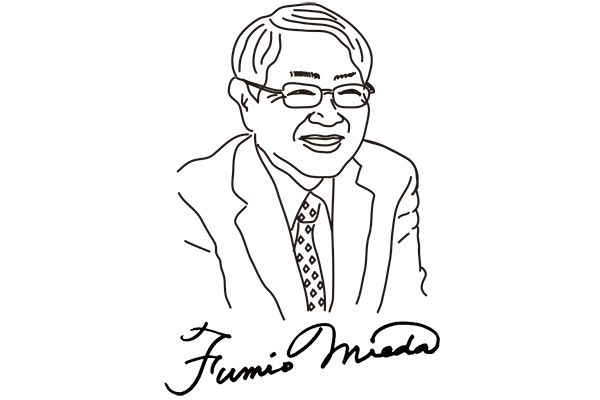
برای نمونه موجهای مثلثی بکار رفته در تولید صدا میتوانند دلیلی برای این موضوع باشند. زمانی که ما قصد داشتیم در انجام آزمایشهای اولیه موج صدایی تمیزتری ایجاد نماییم، دریافتیم که صدای ایجاد شده هر بار ضعیف هستند. صدا صداست و نمیتوان به آن به صورت یک موج نگاه کرد و ما دریافتیم که برای داشتن یک موج تمیز نباید به درون یک اسیلوسکوپ نگاه کرد.
MiniKORG 700S به ما یاد داد که آنچه برای یک سازنده ساز اهمیت دارد صدا است.
حسابرس، شرکت KORG
نظارت بر توسعه miniKORG 700FS
فومیو میدا

نمونه تنظیمات
در اینجا ما در مورد نمودار تنظیم صداهای از پیش تعیین شده توضیح می دهیم. با مقایسه اینکه آیا صدایی که روی پانل تنظیم می شود با صدای از پیش تنظیم شده انتخاب شده در برنامه های حافظه یکسان است یا خیر، نحوه ایجاد صدا در miniKORG 700FS را بیاموزید.
پس از گوش دادن به برنامه های از پیش تعیین شده ای که با استفاده از دکمه های برنامه حافظه فراخوانی می کنید، می توانید دکمه PANEL را در سمت راست دکمه ها فشار دهید تا به صدای تنظیم شده روی پانل بازگردید.
سه ضرب:Preset A-1
لید اکتاو:Preset A-2
بیس پرشی:Preset A-3
بیس زمینی:Preset A-4
آنسامبل پنجم:Preset A-5
لید سوت:Preset A-6
چینش فضایی:Preset A-7
رول Preset B-1: Marimba
فضای وسیع:Preset B-2
Preset B-3:Rush Bell
ماشین ارور:Preset B-4
سینت Preset B-5:Cowbell
Preset B-6:Noise Shot
سیگنال(گلیساندو) Preset B-7:Glide
